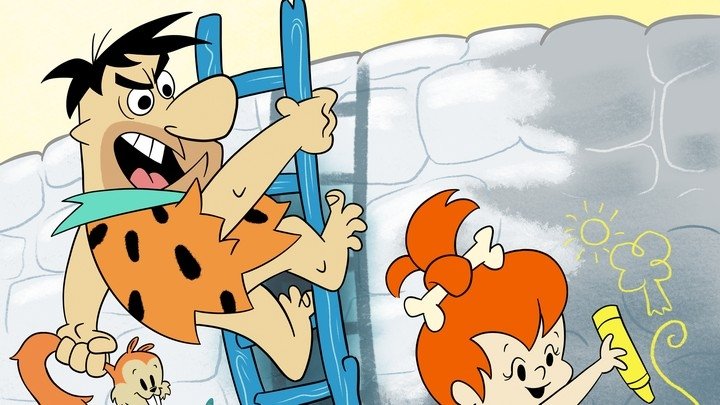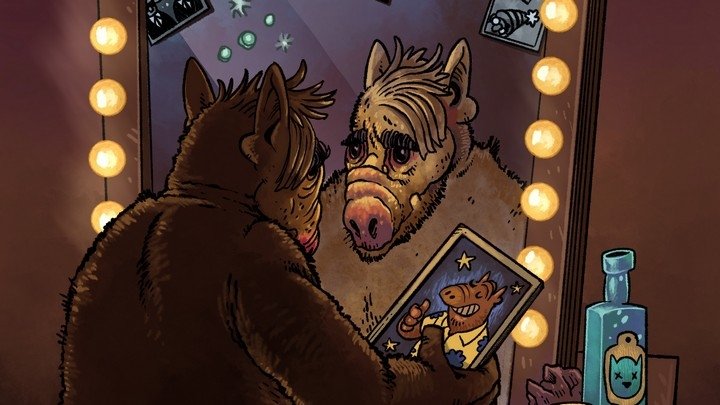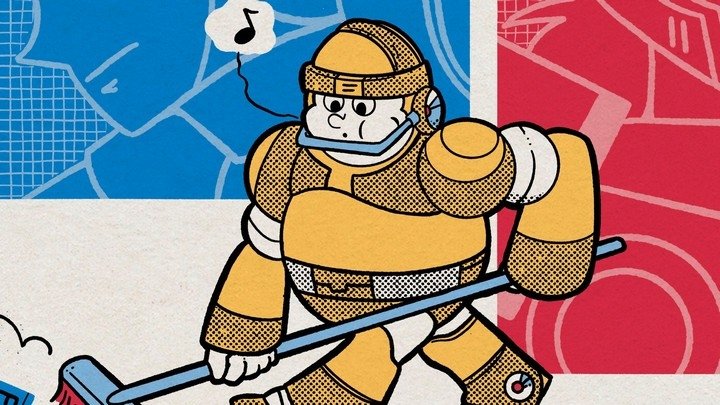Accessibility vs. Atmosphere in Metroid: Zero Mission
The remake as a companion piece
The original Metroid has aged. Not aged badly, because it's still good. Not dated, because that's a passive-aggressive way of saying "aged badly". Metroid, while inarguably archaic in its mechanics, remains terrific. It retains a convincing atmosphere of cold isolation, of fearful desolation. Metroid: Zero Mission, its 2004 remake, arguably forsakes its source material's dual ations for a different pair; celebration and demonstration.
It's a celebration in the way it takes the bare bones NES Metroid and expands on it heavily, adding the smooth control of the divisive Metroid Fusion, as well as gameplay and aesthetic inspiration from the SNES masterpiece Super Metroid. It's a beautiful game, one of the best looking GBA titles alongside the gorgeous Astro Boy: Omega Factor. The original Metroid's structure and, well, mission are superbly repurposed into a thoroughly polished, playable entry in what is debatably Nintendo's most respected series. Where Metroid has aged, Zero Mission remains as contemporary as ever, 15 years on.

Demonstration, however, is the ideal ation to describe the flip side of Zero Mission. Unlike the original, this remake is very guided, with glowing waypoints added to the map by Chozo Statues found scattered throughout, meaning you're never really lost. The original game and its even more atmospheric Game Boy sequel didn't even have maps, the feature not turning up until Super Metroid, but even the SNES game never told you explicitly "go here". While I don't have a problem with this accessibility feature in and of itself, it definitely contributes to the loss of those feelings of isolation and desolation that define the original so strongly.
Zero Mission takes steps to recapture the sense of overwhelming helplessness through a new segment at the close of the game, pitching a suitless Samus against a craft full of Space Pirates in a relatively brief flirtation with tense stealth. This little epilogue is certainly a welcome addition - the feeling of empowerment when Samus ultimately gets her Power Suit back is a terrific moment and a series highlight - but it's certainly disjointed and almost feels conciliatory given the extremely short and easy main game. Naturally this can be mitigated with Hard Mode and the traditional challenges (low and high completion percentage runs, speed runs and sequence breaking), but the emptiness and melancholy of Metroid are nowhere to be found here.

It's a reflection of game design evolving rather than a failing - for everything Zero Mission loses in terms of atmosphere, it gains in play control, in feedback, in spectacle. That's why it's still one of the best remakes ever - it hasn't replaced its origins, rather it complements them by allowing itself to highlight the strengths of NES Metroid, and reaps the rewards as the 8-bit classic returns the favour.




